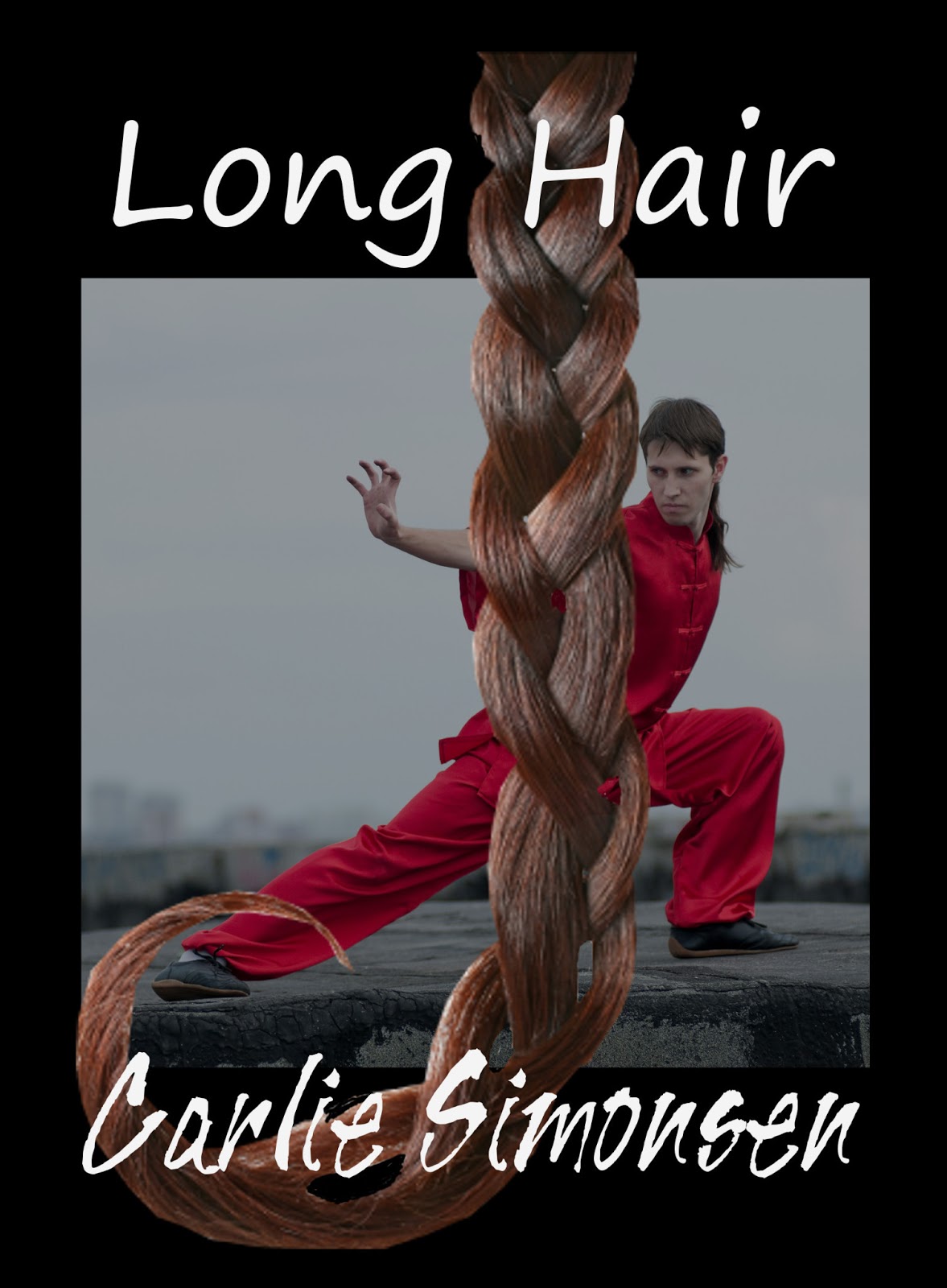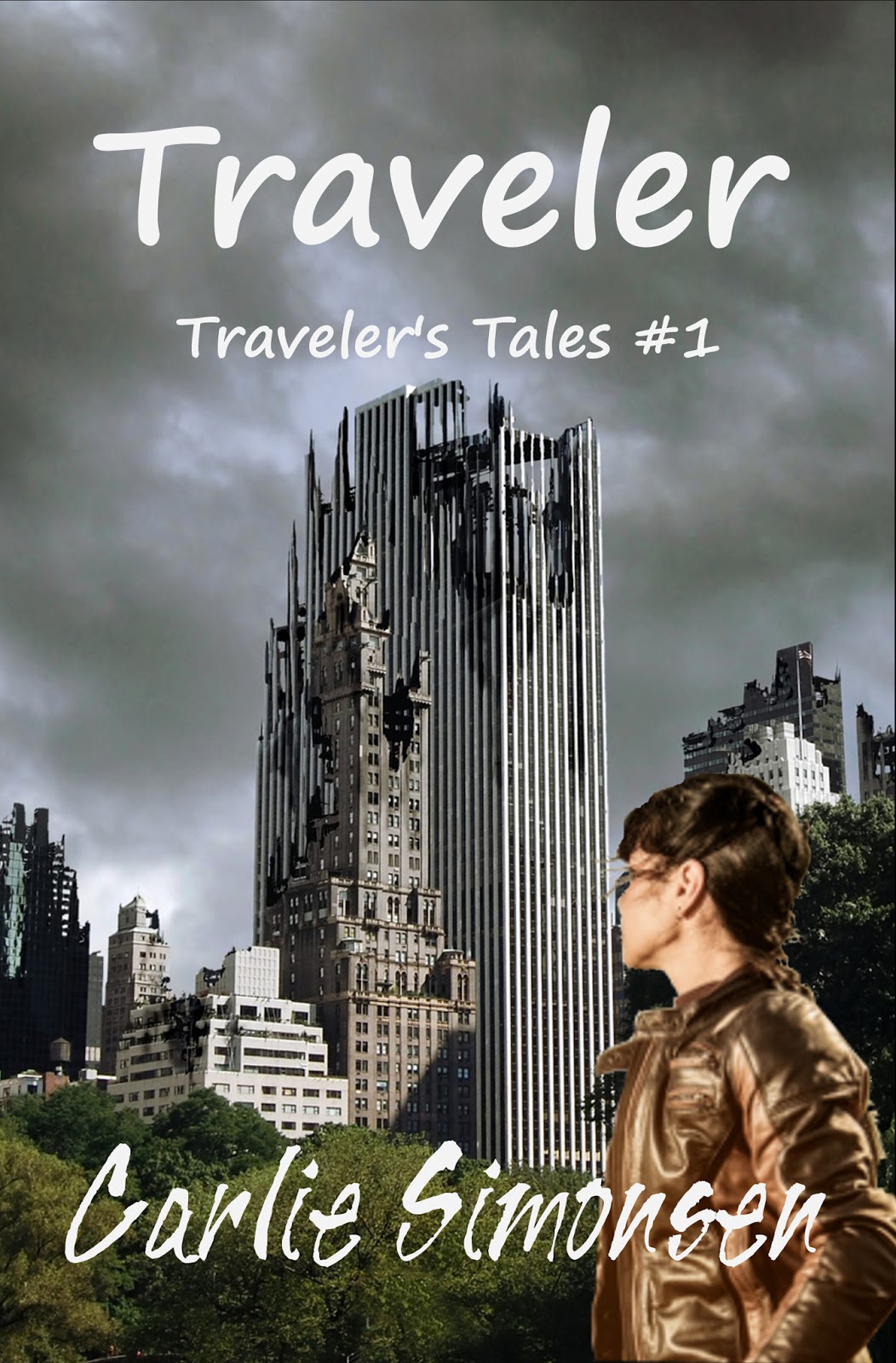Carlie Simonsen on Writing for the Youngers

 As Carlie Simonsen, I originally wrote this piece for the Dark Side Down Under website, six months ago, and we’ve asked her to
repeat it here. Carlie writes mostly speculative and paranormal fiction for
Younger readers, and very rarely hint at romance. She also writes science
fiction (Dear Tiger, Rocky to the Rescue), fantasy (Assassin, Not),
contemporary ‘reality’ with a twist (Long Hair, Tag Man One, The Dog’s Way),
science-fiction-fantasy blends (Spit), and contemporary reality with
no twist (Legacy of Dreams, All Alone).
As Carlie Simonsen, I originally wrote this piece for the Dark Side Down Under website, six months ago, and we’ve asked her to
repeat it here. Carlie writes mostly speculative and paranormal fiction for
Younger readers, and very rarely hint at romance. She also writes science
fiction (Dear Tiger, Rocky to the Rescue), fantasy (Assassin, Not),
contemporary ‘reality’ with a twist (Long Hair, Tag Man One, The Dog’s Way),
science-fiction-fantasy blends (Spit), and contemporary reality with
no twist (Legacy of Dreams, All Alone).
The
first rule is DON’T WRITE DOWN: No one likes being
talked down to, or having it all explained as if they are too stupid to work it
out for themselves. Just write the story. Write to entertain. Youngers are
*young*; they’re not morons, and they’re far from stupid. Don’t treat them as either.
Secondly:
LEAVE OUT THE LECTURE: A story should never be a
lecture. Sure, you might have some points you want to get across, but you’re a
story teller first, and, for that, the story MUST come first. You’re not there
to preach, or ram a few good points down anyone’s throat. You’re there to tell
a story. The hardest hurdle to get over when I started in this genre was to get
my head around this simple point. Editors wanted stories ‘with meaning’,
stories that ‘had a moral’ or ‘a point’, or they wanted it to be wrapped in
humour, or ‘e: all of the above’. Forget that. Write the story. If Youngers are
your audience, then write a story they’ll enjoy, just the same as you would, if
you were writing a story for an adult audience.
Third:
FORGET THE MARKET: Think of the story you want to
write and the audience you want to write it for. Some might think that a story
that doesn’t ‘fit’ a market isn’t worth writing, or that the audience *is* the
market, but this isn’t the case. What a publisher asks for isn’t necessarily
what the audience wants to read. The story is king, and, as with every other
genre, you can stifle it by trying to make it fit into a box (or set of
guidelines) it was never made to go in. Worse, it can make it very difficult to
write anything. Remember, you can independently publish. If a publisher doesn’t
want to take a chance on your work because the content doesn’t match their
perception of the market OR because your work simply doesn’t suit the style and
flavour of the lines they have established, don’t try to jam your story into a
shape it was never meant to be. Chances are it won’t be worth reading, or it
will come across as forced.
Fourth:
KEEP IT SIMPLE: And I don’t mean the story; I mean
the sentence structure and words. Remember, Youngers don’t have the word
experience of an adult (although a few would give the “grown-ups” a run for
their money). In terms of writing for Youngers this means keeping the following
in mind:
- The nuts and bolts of your work need to have a simple but clear structure.
- Shorter sentences work best, but varying the length of sentences is still important for a smooth flow.
- Use words that don’t require a PhD to understand (another good rule that applies to books for Olders).
·
Use words Youngers are likely
to encounter in everyday life, over words they’re going to need a dictionary or
an Older for. Every time your reader has to stop and check something out, they
are pulled out of your story. You don’t want this, no matter what age you write
for.



 Fifth:
SUBJECT SUITABILITY: Yes, I know I said the story
is king, but you are writing for Youngers. Some stories are best told to an
older age group. If you wouldn’t talk about it to your own children, or you
wouldn’t feel comfortable reading it out loud to a Younger audience with an adult
(teacher, parent, person off the street) looking over your shoulder, then you
might want to re-think who you are writing for: perhaps, that story is not a
Younger tale, but something for the Olders. Having said all that, you can see
that some of the subjects I write about touch on “issues” such as being in a
wheelchair and losing your original hopes and dreams (Legacy of Dreams), being
away from your parents and not fitting in (Dear Tiger), and some are mostly
story with only a little bit of controversy, such as law enforcement and gun
control in a semi-war setting (Spit), or facing down fear to save
your family and move house (Rocky to the Rescue).
Fifth:
SUBJECT SUITABILITY: Yes, I know I said the story
is king, but you are writing for Youngers. Some stories are best told to an
older age group. If you wouldn’t talk about it to your own children, or you
wouldn’t feel comfortable reading it out loud to a Younger audience with an adult
(teacher, parent, person off the street) looking over your shoulder, then you
might want to re-think who you are writing for: perhaps, that story is not a
Younger tale, but something for the Olders. Having said all that, you can see
that some of the subjects I write about touch on “issues” such as being in a
wheelchair and losing your original hopes and dreams (Legacy of Dreams), being
away from your parents and not fitting in (Dear Tiger), and some are mostly
story with only a little bit of controversy, such as law enforcement and gun
control in a semi-war setting (Spit), or facing down fear to save
your family and move house (Rocky to the Rescue).
 Sixth:
RELINQUISH REALITY: Okay, not all of reality, just
a little bit—just enough for your story to live and breathe. It’s like writing
a story where the world isn’t quite what it seems, where the unlikely *can*
reasonably happen. For instance, where you can use your hair as an effective
weapon in karate (Long Hair), or a Younger can climb into the cockpit of the
latest fighter jet and fly it away from a bunch of bad guys trying to steal it
(TagMan One). You’re telling a story. Always remember that.
Sixth:
RELINQUISH REALITY: Okay, not all of reality, just
a little bit—just enough for your story to live and breathe. It’s like writing
a story where the world isn’t quite what it seems, where the unlikely *can*
reasonably happen. For instance, where you can use your hair as an effective
weapon in karate (Long Hair), or a Younger can climb into the cockpit of the
latest fighter jet and fly it away from a bunch of bad guys trying to steal it
(TagMan One). You’re telling a story. Always remember that.
Now get out there and write.
And all the best of luck
More About Carlie Simonsen:
As Carlie Simonsen I have independently published
fourteen chapter books for Youngers, and am working on my fifteenth. I started writing in the genre in response to a number of publisher calls for
submissions. Unfortunately, I soon learned I couldn’t write ‘funny’ to save myself, and took the hint from a few good-hearted editors that my work just
wasn’t going to ‘fit’ an established market, although they encouraged me to
keep trying. The result is a number of quirky stories that I hope are entertaining even though they
touch on issues such as children left alone after a supermarket bombing (AllAlone), bullying in—and out of—the playground (The Dog’s Way and Yard
Boss), pursuing the most unlikely dreams
through hard work and effort (Long Hair), and doing the right
thing even when it means change (Assassin, Not).





Comments
Post a Comment